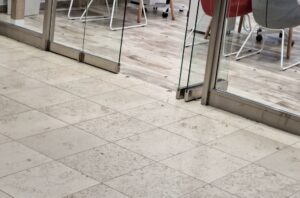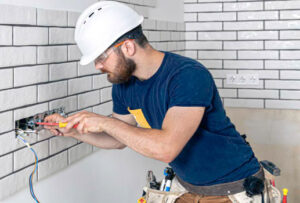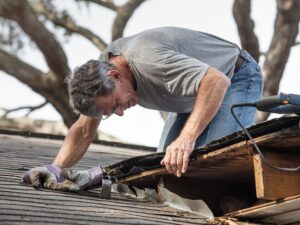Pests in the home can be a nuisance. Not only do they cause infections and illnesses, but they also make the occupants uncomfortable on the premises. They can access your home through different means, especially when there is a backyard and openings in the home. The good news is that there are several ways that one can use to eliminate the pests from the home. Let’s discuss some of the safe pest-proofing methods for your home.
1. Installation of Door Sweeps
You may lie on the flow to identify spaces on your doors and check the light filtering mostly under the doors. The gaps may allow the entry of small insects and spiders. As the size advances, you realize they can permit access to mice and rats, which is a huge risk. To curb this, use caulk on the bottom edge and the door sides. As for the garage doors, you may fit them with vinyl seals to bar any pest entry. Another major option for the sliding glass doors is wide foam weather-stripping.
2. Sealing Utility Openings
Most constructions have openings where pipes and wires get into the foundation and roof sidings. These areas are usually around the gas meters, telephone wires, dryer vents, or outdoor faucets. These openings are a favorite entry point for pests such as rats, mice, spiders, and ants. You can seal these openings using caulk, urethane expanding foam, and copper mesh.
3. Encourage Natural Pest Predators
Where possible, one can keep natural pest predators. Small insects and pests are typically food for larger animals and birds. You can choose to keep some bird species on your premises to control the other pests‘ growth or development in the home. For starters, install a birdhouse on one of your backyard trees.
4. Repair the Gaps and Spaces on Your Windows
Cracked windows and door screens are also a potential entry point for pests. As such, you need to have them repaired to reduce the entry of mosquitoes, midges, and flies. You can also install a mesh window screen to prevent the entry of small insects. Ensure that the screen is properly installed to deter the pests’ entry, as some require small space to get through. Nevertheless, some pests may still get through the small holes, hence keeping the windows and doors closed.
5. Carefully Store Your Trash
Trash is one thing that attracts lots of pests. The dirt attracts insects such as cockroaches and ants in the home. To prevent these pests from entering your home, you must take out your trash to the designated areas and store it in the right way. You can use black polythene bags and ideally close them.
6. Install a Wire Mesh over the Roof and Attic Spaces
The roof and attic spaces allow the crawling animals to access your premises. These pests include bats, squirrels, and rodents. To bar them from entering your premises, you should install a wire mesh over the roof areas and the attic. Since this is a DIY project, you must wear sturdy gloves to avoid hurting yourself. Houses with chimneys also need a chimney cap to protect the premises from squirrels and raccoons.
7. Treat Your Exterior with Insecticides
The right insecticides are a safe way to eliminate pests from your premises. For the best results, you should engage the pest extermination experts and recommend some of the best options. Depending on the selected insecticides, you may have to evacuate your family or occupants on the premises for a few hours. Communicate with the pest extermination experts and obtain clear information on this.
8. Contact a Reputable Pest Control Company
The pest extermination professionals are duly trained and will help you pest-proof your premise and eliminate any that have already gained access to your home.
Get in touch with a company like Excel Pest Control Services and get a quotation for the pest extermination services. They are highly experienced and understand what is required from their end.
Conclusion
Having pests in your premises exposes you to many infections and increases your chances of contracting pest-caused diseases. To protect your loved ones, you need to employ the above pest-proofing tactics. They are effective in keeping your home in a pest-free environment.



